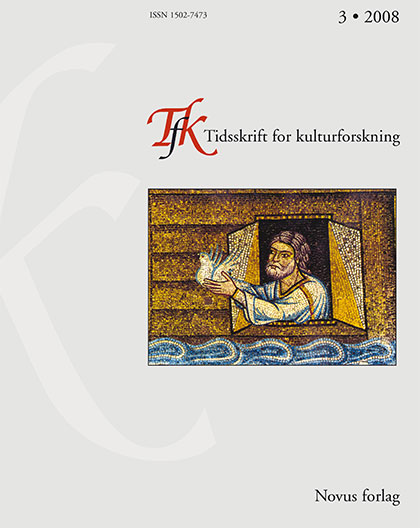Sammendrag
This paper discusses in a historical framework the conception of nature as subject to changes in time. The important reconceptualization of nature from a static to a dynamic dimension occurred in the late eighteenth century, but did not refer to the underlying causes, the laws of nature. A deeper understanding of the continual decay of nature over long spans of time was only obtained in the mid-nineteenth century, with the second law of thermodynamics. The concept of entropy offered a justification for the irreversible changes of nature, from more organized states to less organized, and for this reason it became controversial in some circles. One may imagine that nature is temporal on an even more fundamental level, namely in the sense that the laws of nature are themselves varying in time. Suggestions of this kind first appeared in the late nineteenth century, and more recently they have become quite popular in physics and cosmology. However, although nature is indeed changing in time, this does not mean that natural science has become truly historical.
Forfattere beholder opphavsretten og gir tidsskriftet rett til første publisering av arbeidet. En Creative Commons-lisens (CC BY-SA 4.0) gir samtidig andre rett til å dele arbeidet med henvisning til arbeidets forfatter og at det først ble publisert i dette tidsskriftet.

